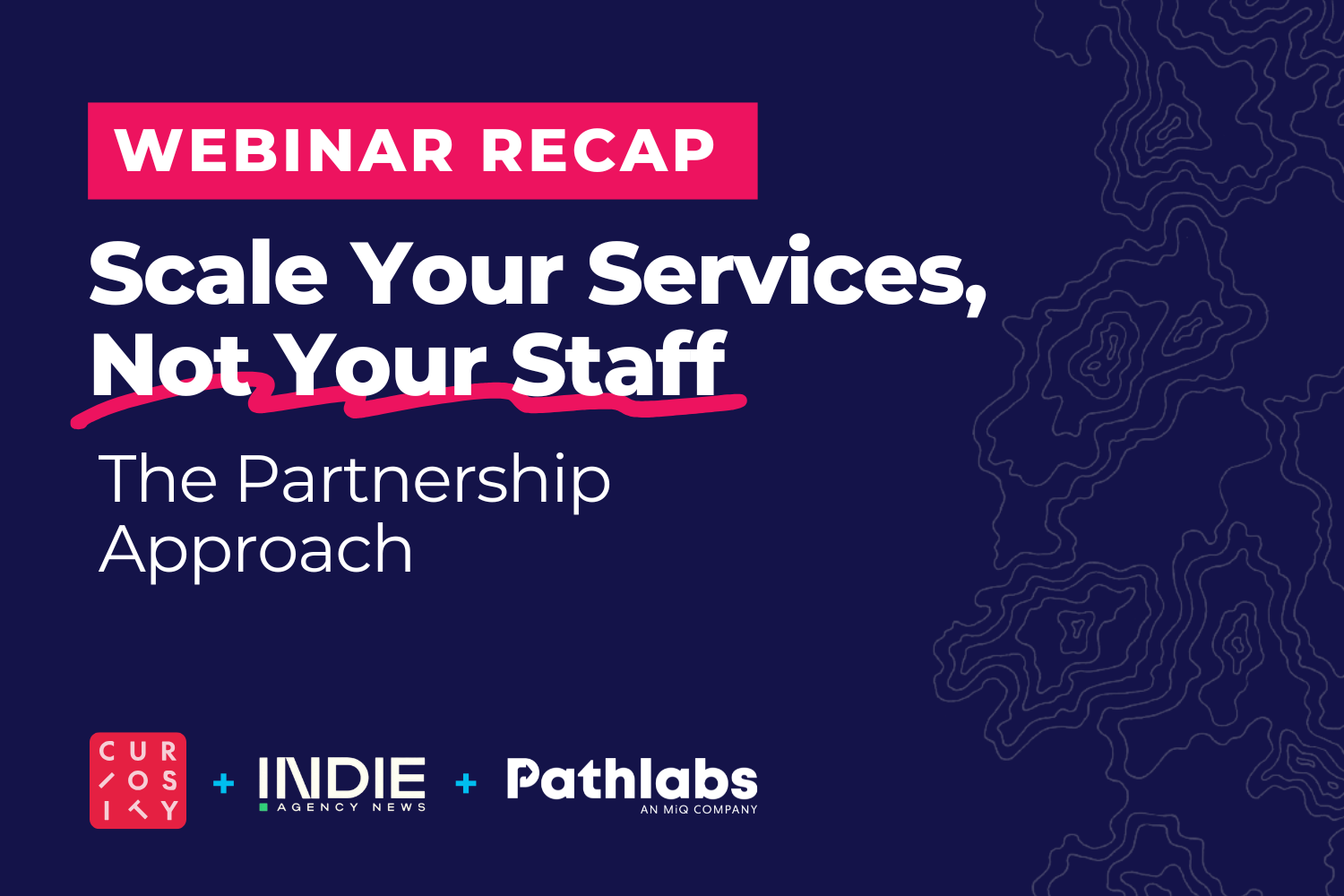What Is a Lookback Window & How Does It Work?
| Pathlabs Marketing |
| January 2, 2024 |
Understanding lookback windows is fundamental for those navigating the world of digital marketing, paid media advertising, and attribution. In this blog post, we delve into the nuances of lookback windows, explaining their functionality and significance.
What Is a Lookback Window in Digitial Marketing?
A lookback window is a timeframe that determines which advertising and marketing touchpoints a user engages with before conversion are eligible for consideration and credit assignment for attribution.
How Are Lookback Windows Used?
Advertising and media teams predominantly use lookback windows when performing single or multi-channel attribution analysis and reporting for their paid media advertising and marketing campaigns.
To refresh, attribution is the process of identifying which touchpoints a user engaged with before converting and pinpointing which contributed, and to what degree, to their conversion.
Touchpoints are any paid ads, landing pages, or owned channels the advertising team facilitates. A touchpoint engagement is either a user viewing or interacting with a touchpoint.
To perform attribution, teams primarily rely on ad-buying platforms, analytics tools, and other technologies that track user engagements across the team's various touchpoints.
As the platform collects this engagement data, it uses an attribution model, such as first touch, last-click, time decay, or algorithm-based, to assess each user journey and assign credit to the touchpoint(s) that caused their conversion.
Lastly, the platform provides a report indicating the total number of conversions and each touchpoint’s overall contribution.
How Do Lookback Windows Work?
The lookback window establishes the amount of time the platform will refer back to from the point the user converts when deciding which touchpoint engagements to consider and assign conversion credit to.
To illustrate, with a lookback window of seven days, the platform only considers and assigns credit to the touchpoints a user engaged with within seven days before converting. Any touchpoint engagements outside this window are excluded.
If a user only has one touchpoint engagement outside the lookback window and converts, the platform will not count the touchpoint and mark the conversion as organic or independent.
The image above demonstrates the impacts of different attribution models and lookback windows on attribution credit assignment. The stars indicate the touchpoint(s) to receive credit.
Lookback Window Example
An example to further expand on lookback windows is to imagine two users, user A and user B, who had the following journeys before converting.
User A
Viewed online video ad on Jan 1
Viewed display ad on Jan 3
Clicked retargeted display ad on Jan 4
Clicked-through paid search and converted on Jan 9
User B
Viewed display ad on Jan 3
Clicked retargeted display ad on Jan 4
Clicked-through paid search ad and converted on Jan 9
If the lookback window is seven days and the attribution model is first-touch, the platform performing the attribution would assign all the conversion credit for both users to the display ad seen on the 3rd.
Even though user A initially engaged with an OLV ad on the 1st, since the date falls outside the seven-day lookback window, the attribution model excludes it.
If the lookback window were 30 days, the OLV ad would be eligible for consideration and receive credit for user A’s conversion, with the display ad still receiving credit for user B.
Why Are Lookback Windows Important?
Lookback windows are important because their duration can alter attribution analysis reporting data. Referring to the example above, modifying the lookback window from seven to thirty days changes how the platform ultimately attributes each user conversion to the different touchpoints.
This is, however, a benefit of lookback windows, as now many ad platforms allow teams to modify their windows, even comparing their data across multiple.
In effect, teams can tailor their lookback windows to be shorter or longer to better fit their line of business and sales cycle.
More on that below.
Long Term vs Short Term LookBack Windows
Long-term lookback windows typically range from 30 to 90+ days, while short-term windows range from one to 15 days.
There are different instances where it is advisable to use a long-term lookback window versus a short-term one; see below.
Long-Term Lookback Windows
The sales cycle is long, such as in luxury product sales or client acquisition
Target users require multiple touchpoints before converting
The campaign occurs over an extended period of time
The campaign is re-targeting a first-party list over time
A longer lookback window overall considers more data and user touchpoint engagements.
Short-Term Lookback Windows
The sales cycle is short, such as in retail – users see ads, click, and buy within a few days or a week
Target users require few touchpoint engagements before converting
The brand has many repeat customers
The campaign being assessed is timely or seasonal
A shorter lookback window overall narrows the focus, honing in on the most recent data and touchpoint engagements before conversion.
“More often than not, lookback window length decisions will depend on the average user sales cycle and the personal preference of the team or client. Some teams swear by having a lookback window of 4-7 days, as it asserts that the touchpoint engagements closest to conversion are most valuable or impactful. In contrast, others may argue for longer lookback windows due to a preference to consider the full user acquisition lifecycle.”
A final note, some platforms will even set a lookback window by default.
Data Privacy and Compliance
Data privacy and compliance are an ongoing hurdle for lookback windows and attribution. We attribute this – pun intended – to the fact that attribution has been very successful over the years thanks to robust data tagging and tracking, primarily through third-party cookies.
However, these continue to depreciate in use and will eventually disappear due to new privacy regulations. Without a robust cookie or ID tagging system, tracking and attributing users across multiple touchpoints is very tricky, especially with the prevalence of multi-channel and device advertising.
To make matters worse, any forthcoming limits on data retention coming from these regulations mean that advertisers will have a more challenging time painting a complete, long-term customer journey.
In Conclusion…
Lookback windows play a pivotal role in digital marketing, especially in attribution analysis for paid media advertising. By allowing advertisers to tailor the timeframe for considering touchpoint engagements, lookback windows offer a flexible and insightful way to evaluate the effectiveness of marketing strategies. Understanding and utilizing lookback windows at different lengths can lead to more informed attribution data and, ultimately, greater success in digital advertising efforts.












